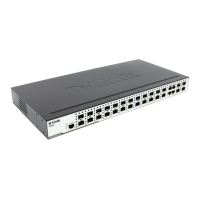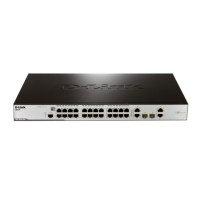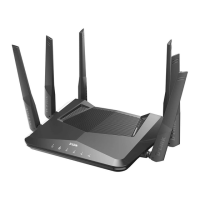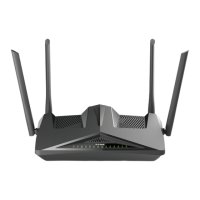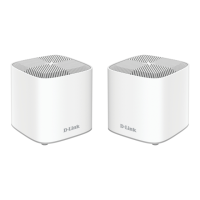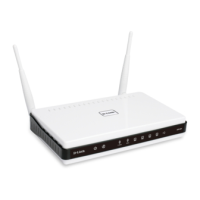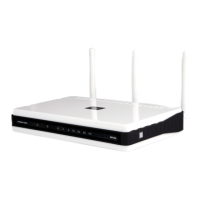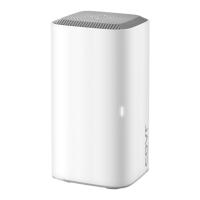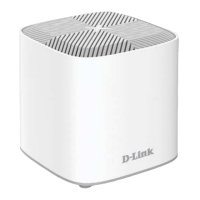xStack
®
DGS-3200 Series Layer 2 Gigabit Ethernet Managed Switch
Appendix A – Mitigating ARP Spoofing Attacks
Using Packet Content ACL
How Address Resolution Protocol works
Address Resolution Protocol (ARP) is the standard method for finding a host’s hardware address (MAC address) when only its IP
address is known. Howe ver, this prot ocol is vulnerable because hac kers can spoof the IP and MAC info rmation in the ARP
packets t o attack a L AN (known as ARP spoofing). This doc ument i s int ended to i ntroduce t he ARP pr otocol, ARP sp oofing
attacks, and the countermeasures brought by D-Link’s switches to thwart ARP spoofing attacks.
In the process of ARP, PC A will first issu e an ARP request to query PC B’s MAC address. Th e network structure is sho wn in
Figure 1.
Figure 1
257
Sender
Port 4
In the m
eantime, PC A’s M AC address will be written into the “Sender H/W Address” and its IP address will be written into the
“Sender Protocol Address” in the ARP payload. As PC B’s MAC address is unknown, the “Target H/W Address” will be “00-00-
00-00-00-00,” while PC B’s IP address will be written into the “Target Protocol Address,” shown in Table1.
Table 1. ARP Payload
H/W
Type
Protocol
Type
H/W
Address
Length
Protocol
Address
Length
Operation Sender
H/W Address
Sender
Protocol
Address
Target
H/W Address
Target
Protocol
Address
ARP request
00-20-5C-01-11-11 10.10.10.1 00-00-00-00-00-00 10.10.10.2
The ARP request will be encapsulated into an Ethernet frame and sent out. As can be seen in Table 2, the “Source Address” in the
Ethernet frame will be PC A’s MAC add ress. Since an ARP request is sent via broadcast, the “Destination address” is in a format
of Ethernet broadcast (FF-FF-FF-FF-FF-FF).
Table 2. Ethernet Frame Format
Destination Address
FF-FF-FF-FF-FF-FF
Source Address
00-20-5C-01-11-11
Ether-Type ARP FCS
When the switch receives the frame, it will check the “Source Address” in the Ethernet frame’s header. If the address is not in its
Forwarding Table, the switch will learn PC A’s MAC and the associated port into its Forwarding Table.
Port 1 00-20-5C-01-11-11
In addition, when the switch receives the broadcasted ARP request, it will flood the frame to all ports except the source port, port
1 (see Figure 2).
Port 1
Port 2
Port 3
D
C
00-20-5C-01-33-33
10.10.10.3
00-20-5C-01-44-44
10.10.10.4
A
00-20-5C-01-11-11
Who is 10.10.10.2?
10.10.10.1
B
Targe
t
00-20
-5C-01-22-22
10.10.10.2
Forwarding Table
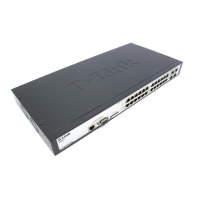
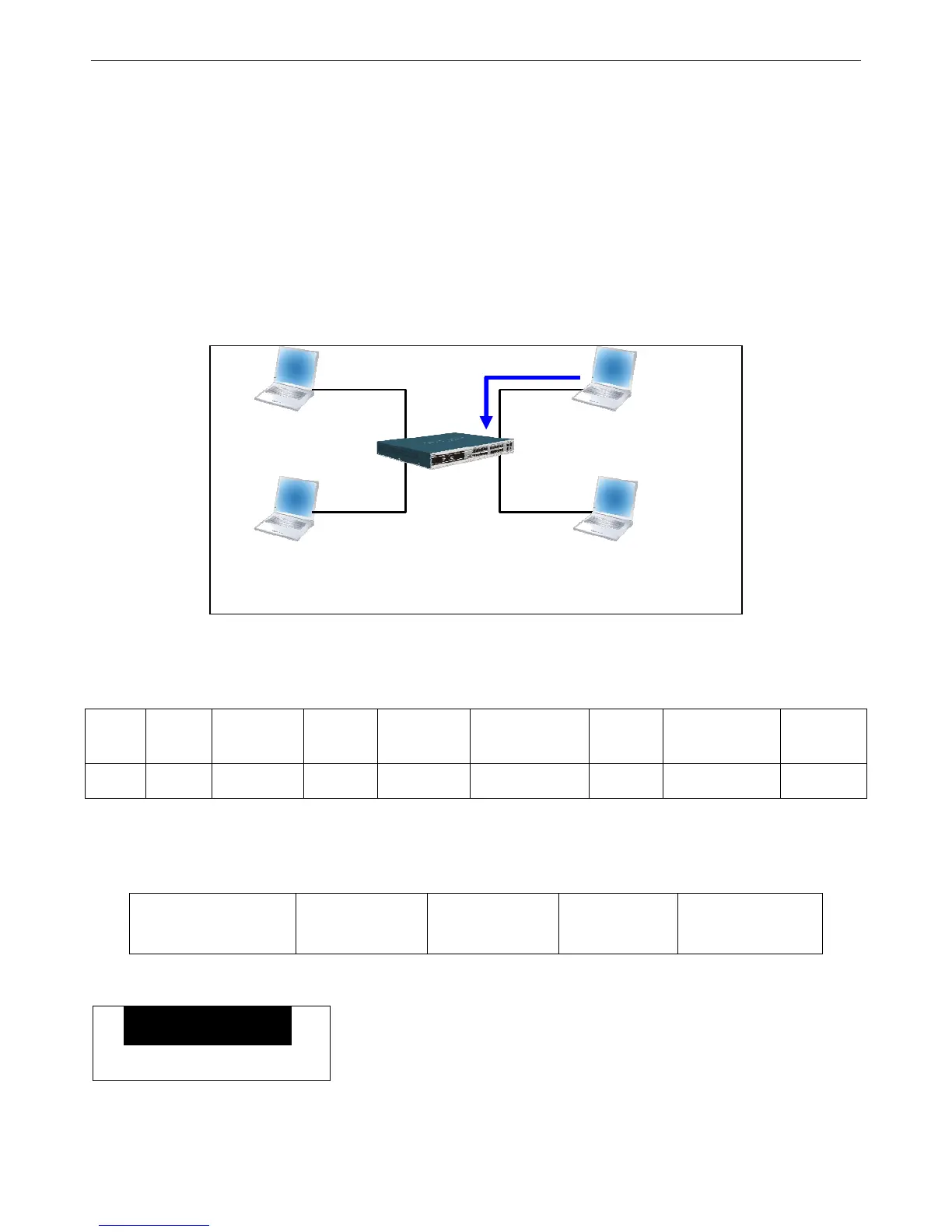